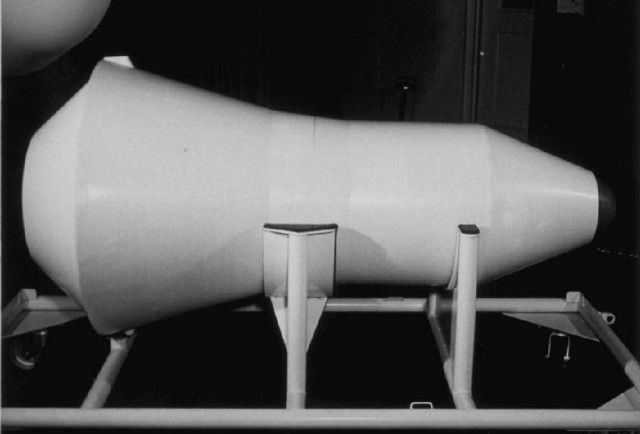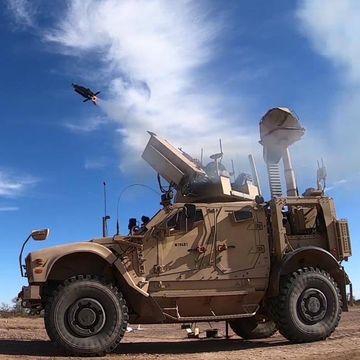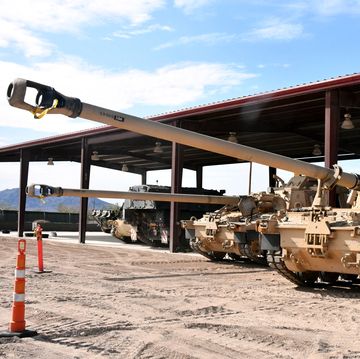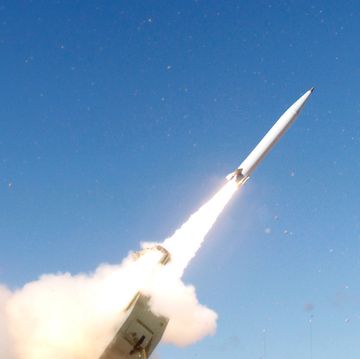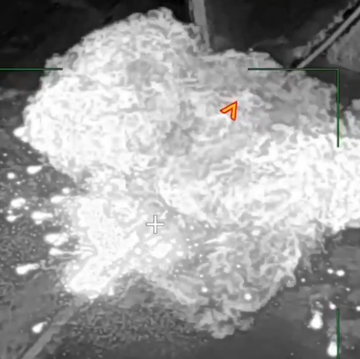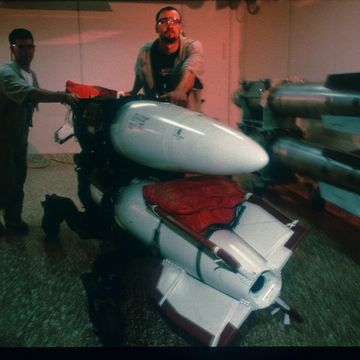- The incident was caused by an airman using the wrong tool repairing a missile silo.
- A resulting explosion toppled the thermonuclear warhead from the missile.
- The warhead did not detonate and there was minimum radioactivity at the site.
On December 5, 1964, one of the most potentially dangerous incidents involving nuclear weapons in the U.S. took place. A technician working on a missile silo inadvertently triggered an explosion that knocked a nuclear warhead off the top of an intercontinental ballistic missile, sending it plummeting to the bottom of the hardened concrete silo. Even today, so little is known about the incident it is not included on lists involving other so-called “Broken Arrow” incidents—major accidents involving nuclear weapons.
According to the Butte County Post, the incident began when maintenance crews attempted to repair the security system protecting Lima-02, a Minuteman I intercontinental ballistic missile. The Minuteman I was an early ICBM that was in service from 1962 to 1969. It had a range of 6,213 miles and a one megaton W-59 thermonuclear warhead. The nuclear bomb dropped on Hiroshima in 1945 was the equivalent of 16,000 tons of TNT, so a one megaton thermonuclear warhead packs the equivalent of 1,000,000 tons of TNT.
The explosion took place when an airman, lacking the correct tool to remove and re-insert a fuse, used a screwdriver instead. This caused a short-circuit that sent a surge of electricity through the launch silo, triggering one of the retro-rockets designed to slow the W-59 warhead down during reentry. The explosion knocked the warhead off the missile, sending it plunging 65 feet to the bottom of the silo.
Thankfully, the warhead did not explode (or everyone would know about the incident now). The W-59 was equipped with a number of safety devices that ensured it would not detonate any other time than in flight, after receiving the correct authorization to arm itself. What might well have happened, however, was a larger fire that, fed by burning rocket engines, blew apart the warhead and released the fissile material inside. If that had escaped from the silo it could have caused a public health emergency.
After the missile was rendered safe, the warhead was removed and disassembled, and the fate of the missile was unknown. But since it was grazed by the warhead during its fall the Minuteman I, it was likely decommissioned. Today the silo sits empty, the property it sits on is now the home of a honey-extracting business.
The moral of this story? Always use the right tool for the job—especially with nuclear weapons.
Source: Butte County Post

Kyle Mizokami is a writer on defense and security issues and has been at Popular Mechanics since 2015. If it involves explosions or projectiles, he's generally in favor of it. Kyle’s articles have appeared at The Daily Beast, U.S. Naval Institute News, The Diplomat, Foreign Policy, Combat Aircraft Monthly, VICE News, and others. He lives in San Francisco.

